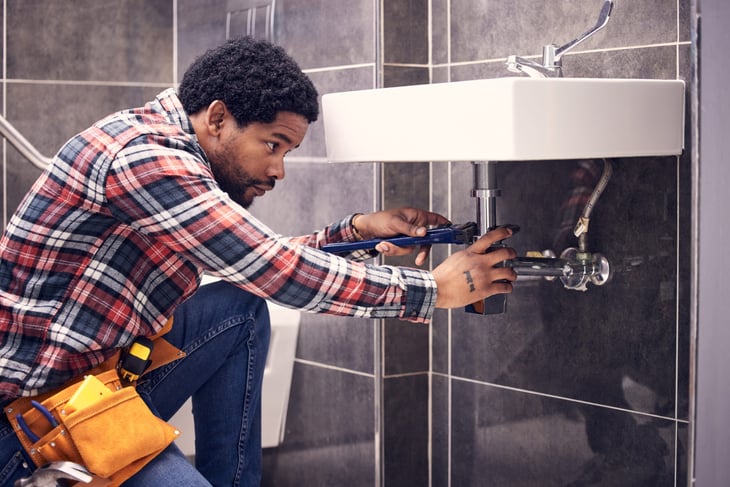
Homeowners fantasize about making fabulous changes to their homes: adding rooms, beautifying the grounds and remodeling kitchens and baths. In reality, these dream projects may not be financially possible.
Don’t let that stop you, however, from taking good care of the home that you have. By keeping up with small repairs, you’ll save money, heading off the big expensive fixes while maintaining your home’s resale value.
Here are some small jobs you can tackle to hold down household costs.
1. Change HVAC filters
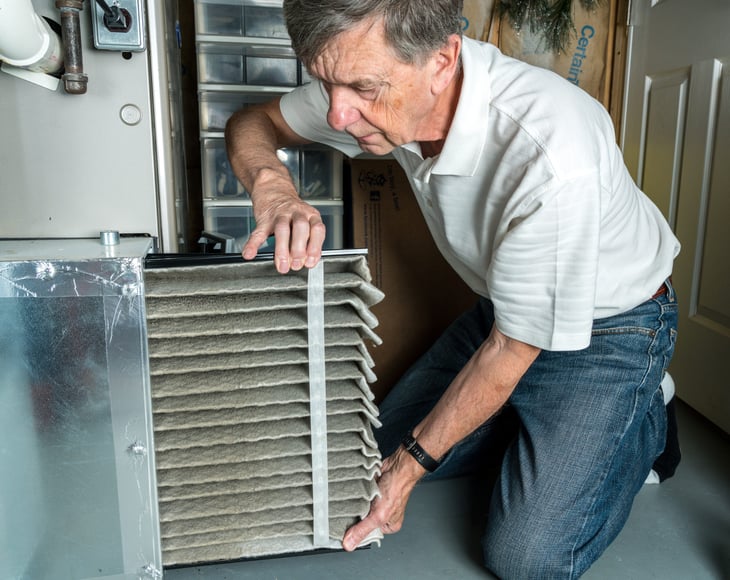
Your furnace and air conditioner system filters trap airborne allergens and dust so that you breathe cleaner air. These filters need changing every few months while you’re using the furnace or air conditioning. Changing filters regularly also can lower utility bills, since dirty filters force HVAC systems to run harder and use more energy.
2. Fix leaky faucets

A dripping faucet means money down the drain, literally. A faucet that drips just once a minute wastes 35 gallons of water a year, according to this fun drip calculator from the U.S. Geological Survey.
So, stop that leak as soon as you can.
3. Caulk the tub and shower
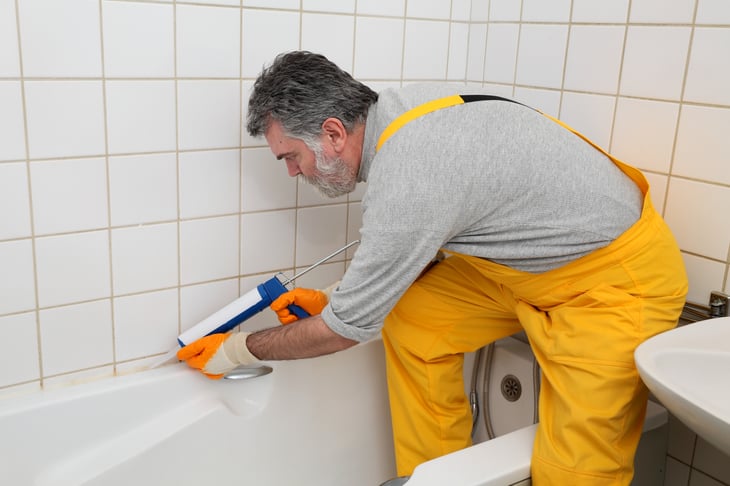
A tube of caulk costs a few dollars. Replacing mold-infested bathroom tile and drywall can cost thousands of dollars.
To prevent water from reaching walls and floors where it can cause mold and rot, keep the seams around fixtures, tubs and showers tightly sealed with caulk.
Latex caulk is easier to apply, but silicone caulk lasts longer. Some products combine the best of both types.
Lowe’s Caulk Buying Guide explains the ins and outs of different types of caulk. Consider using a product with a fungicide in bathrooms to discourage mold.
Before you start to work on your bathroom, practice applying a nice bead of caulk. It doesn’t take long to learn to use a caulk gun and apply caulk neatly.
4. Inspect the sump pump
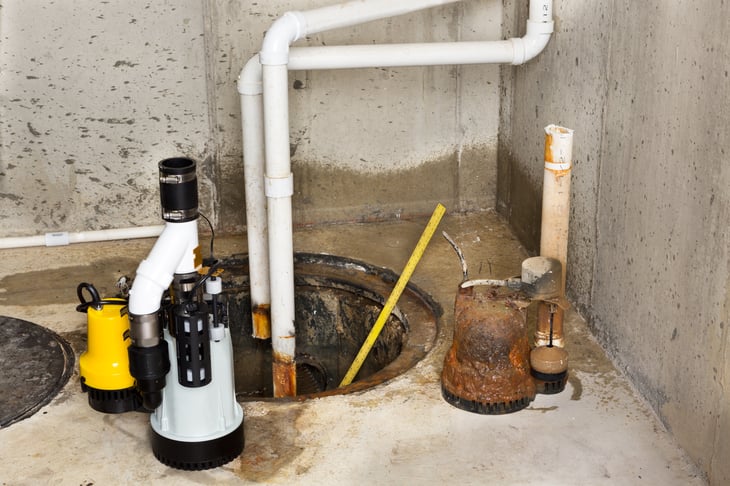
A sump pump, installed in a low spot like your basement or crawl space, keeps water out of your home. It protects your home from water damage that could cost thousands of dollars in lost possessions and cleanup.
Check your pump regularly and replace it if it has failed to start promptly.
5. Install a programmable thermostat

A programmable (smart) thermostat helps save money by allowing you to set and automatically maintain a comfortable temperature for when you’re home, and to keep a more conservative temperature when you’re away or asleep.
Programmable thermostats can save you $50 and up in energy costs per year, according to Consumer Reports’ Thermostat Buying Guide. For the best savings, choose a simple device you can install yourself.
For more energy-saving tips, check out “22 Mistakes That Send Energy Bills Soaring.”
6. Inspect electrical outlets and cords

Electrical wiring problems pose a fire hazard. Tour your home to inspect light switches, cords and outlets.
Signs of danger include:
- Exposed wire
- Spliced wire that’s connected with electrical tape
- Multiple extension cords or overloaded power strips
Hire a licensed electrician to inspect for potentially hazardous wiring problems if you have issues with flickering lights, warm fixtures or switches, or outlets that sometimes don’t work.
7. Replace smoke detector batteries
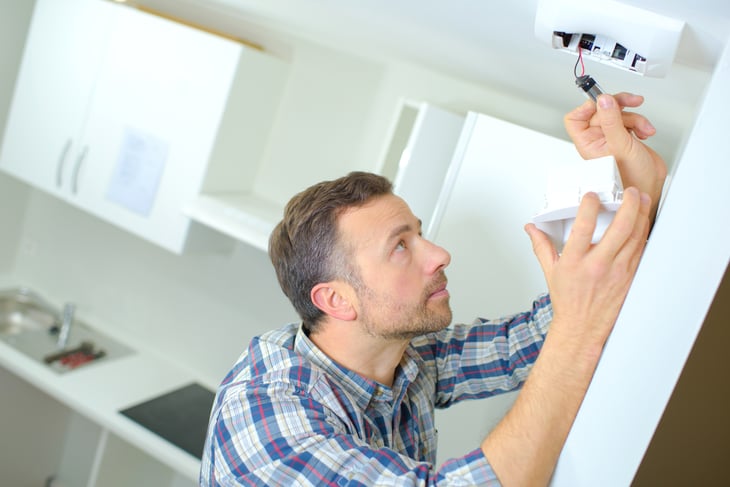
Smoke detectors save lives.
Detectors and batteries are cheap, so it’s just a matter of remembering to test each detector monthly and install new batteries every six months.
8. Fix running toilets
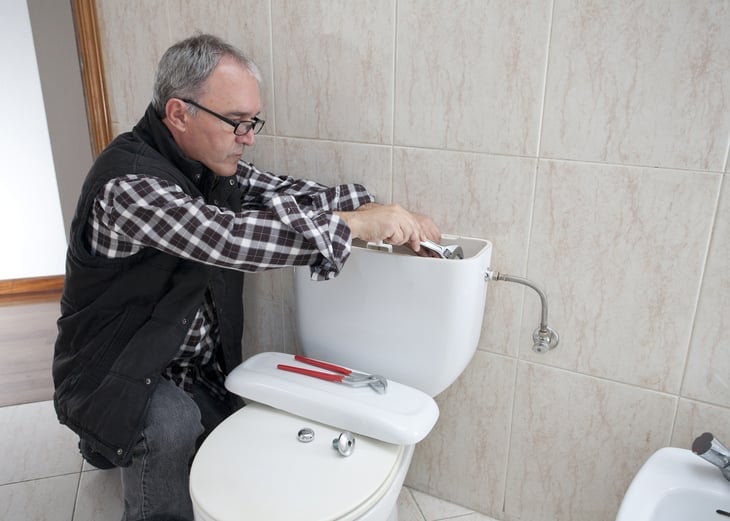
A running toilet wastes water, adding to your water bill and squandering a precious resource. Fortunately, running toilets are easy to fix.
Several things can go wrong with the simple mechanism in the tank that regulates water flow. You often can diagnose the problem by taking the lid off the tank, flushing a few times and watching.
Snap a photo of your toilet’s internal assembly. Take the picture and the failed part along to the hardware store when shopping for replacements. Ask a store expert for help in making sure you’re buying the correct replacement part.
9. Wrap the water heater
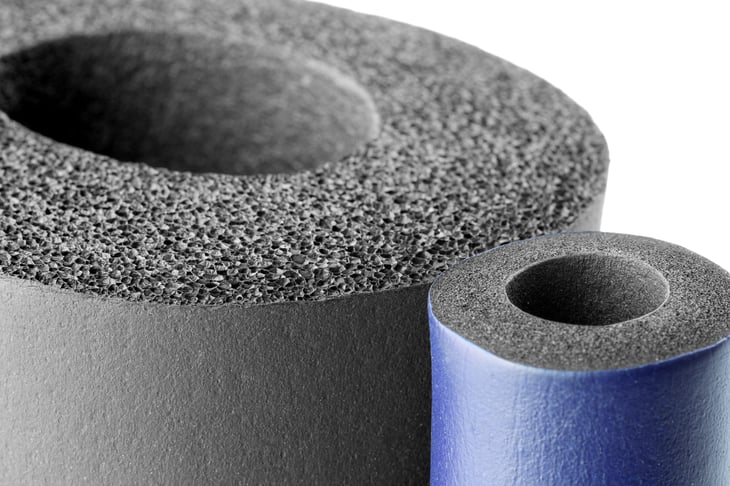
Energy.gov estimates you’ll save about 7%-16% in water heating costs by wrapping the water heater in an insulating blanket. Pre-cut jackets and blankets start at about $30.
You’ll find ready-made insulating water heater jackets in home improvement stores like Home Depot and at Amazon.
Newer tanks may already be insulated, but check whether the insulation is sufficient. Look for an R-value of at least 24, Energy.gov says.
10. Seal leaky doors and windows
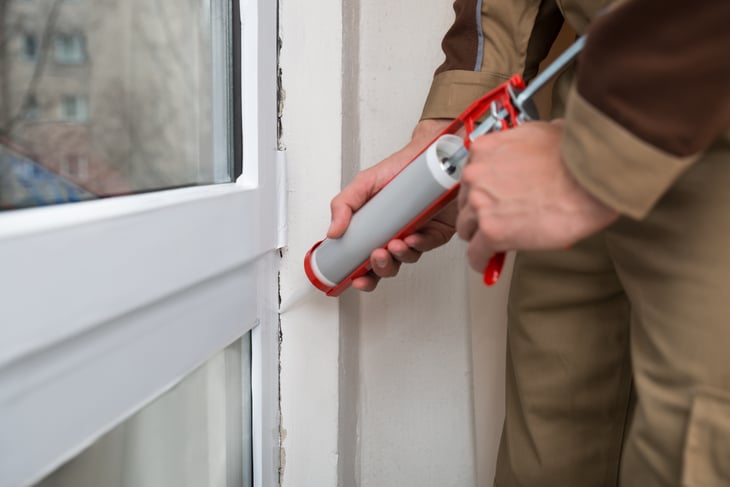
Small cracks around windows and doors suck your pricey heated or cooled air into the great outdoors.
Inspect your home’s interior to check for leaks. As you do so, bring along:
- A pencil and paper to note areas you’ll need to return to
- A tube of caulk for filling cracks
- A can of spray insulating foam sealer for filling larger gaps
- A digital thermometer or a candle
Use the thermometer to check for temperature differences that signal a leak. Or hold the lighted candle up and down and around the front of windows and doors. The flame’s flicker will point you to air leaks.
Also, check for leaks where appliance vents, hoses, plumbing fixtures and furnace ducts meet outside walls.
11. Flush the water heater
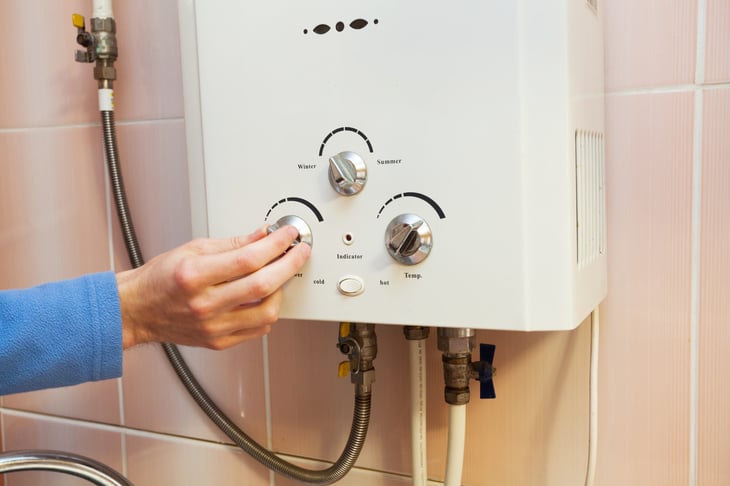
Sediment can accumulate at the bottom of a water heater. Keep it running smoothly by giving it an annual cleaning. Or hire someone to do it.
12. Beef up attic insulation
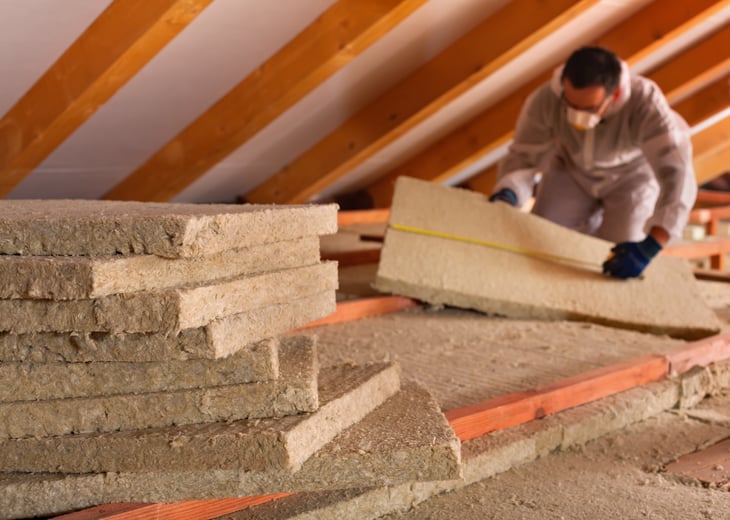
You should enjoy a great payback from this job, both from lower fuel bills and from increased comfort. Attic insulation usually has the most potential for energy savings compared to other rooms of the house, according to Energystar.gov.
Tip: Be sure to seal air leaks before you start insulating.
13. Install weather stripping
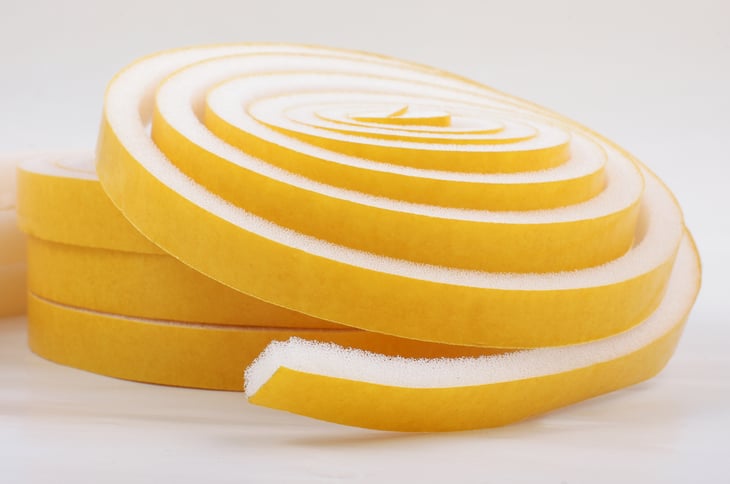
Seal air leaks around doors by installing weather stripping. It comes in a variety of forms, including felt and foam. Attach door sweeps to the bottom edge of a door. Energy.gov’s weather stripping guide explains how to choose and apply products.
If you have weather stripping already, check it for cracks and brittleness, as it occasionally will need replacing.
14. String a clothesline
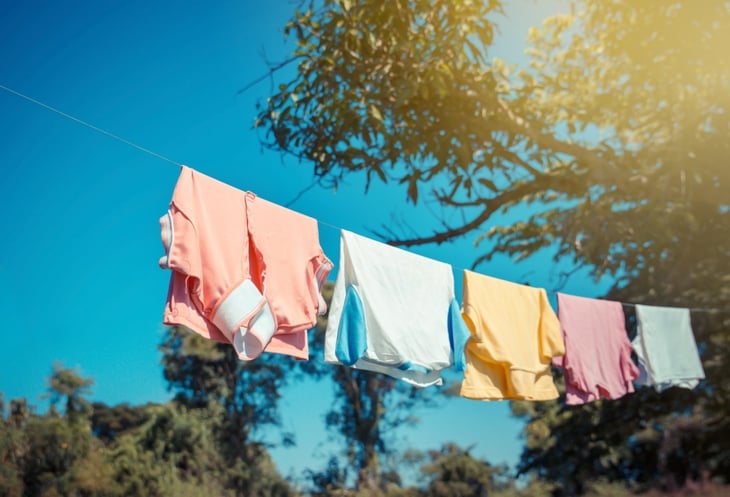
Putting a clothesline up in your backyard to hang dry your laundry is another way to reduce your fuel consumption — good for your budget and for the environment.
If you can’t run a clothesline outdoors, a basement clothesline is an alternative, as is an inexpensive collapsible drying rack that can be used indoors or out.
15. Tour your home’s perimeter — twice
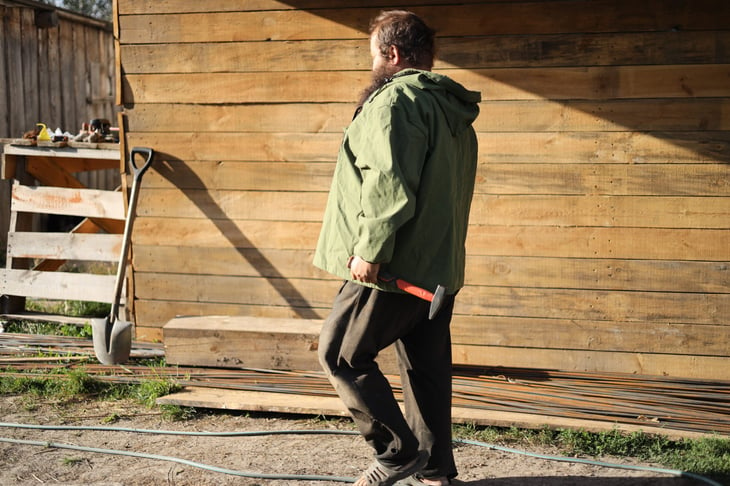
Take one more look around your home, this time on the outside. In fact, do this twice. On the first round, look for plants touching or brushing against the house or foundation. Trim them back and pull back soil or mulch that touches the siding: It could carry moisture or insects into the house.
For your next tour, wait until immediately after a heavy rain. Look for and fix any areas of lawn or garden that are channeling water toward your home or that trap it at the foundation. Fixing these areas may be as easy as grabbing a shovel and reshaping the ground a bit. Or, you may need to invest in landscaping repairs or new drainage.
Also, make certain gutters and downspouts direct water away from structures.
16. Give your siding some TLC
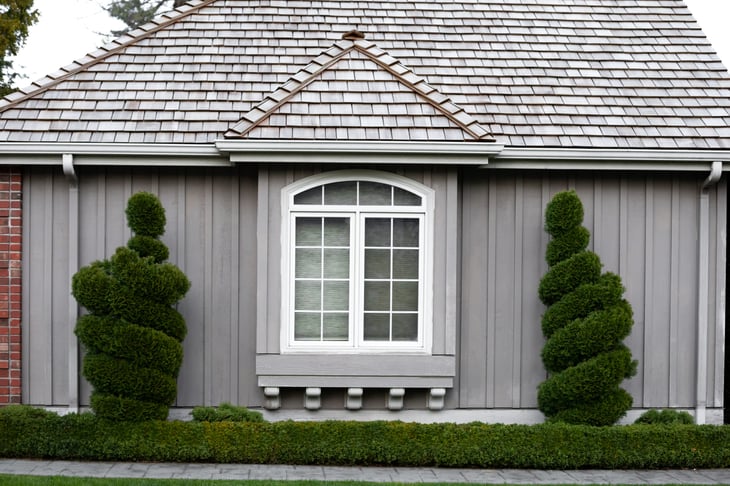
Brighten your home’s siding and protect it from wear with an annual cleaning. To remove dirt, moss, leaves and debris, HouseLogic recommends scrubbing the outside of the house with warm, soapy water with a half-cup of trisodium phosphate (TSP) per gallon of water, using a soft-bristled brush attached to a long handle.
Cleaning also gives you the chance to see any siding problems that need repair, including stucco holes, crumbling mortar, mildew, cracks and rot.





Add a Comment
Our Policy: We welcome relevant and respectful comments in order to foster healthy and informative discussions. All other comments may be removed. Comments with links are automatically held for moderation.